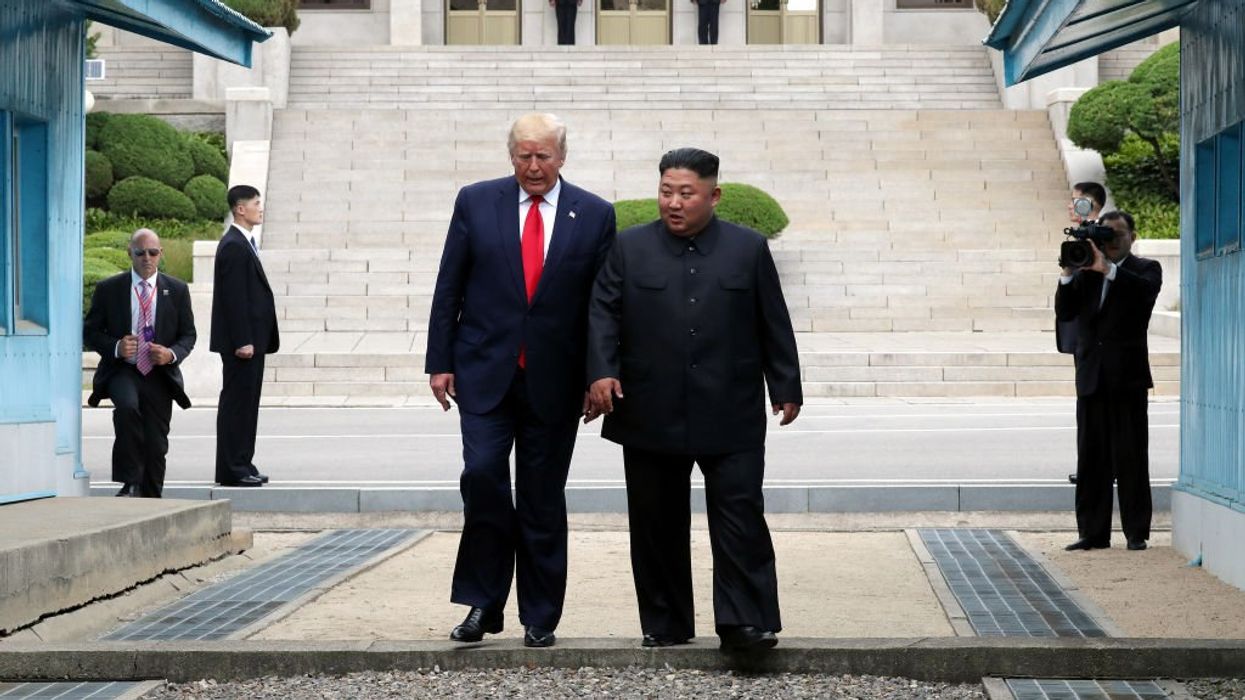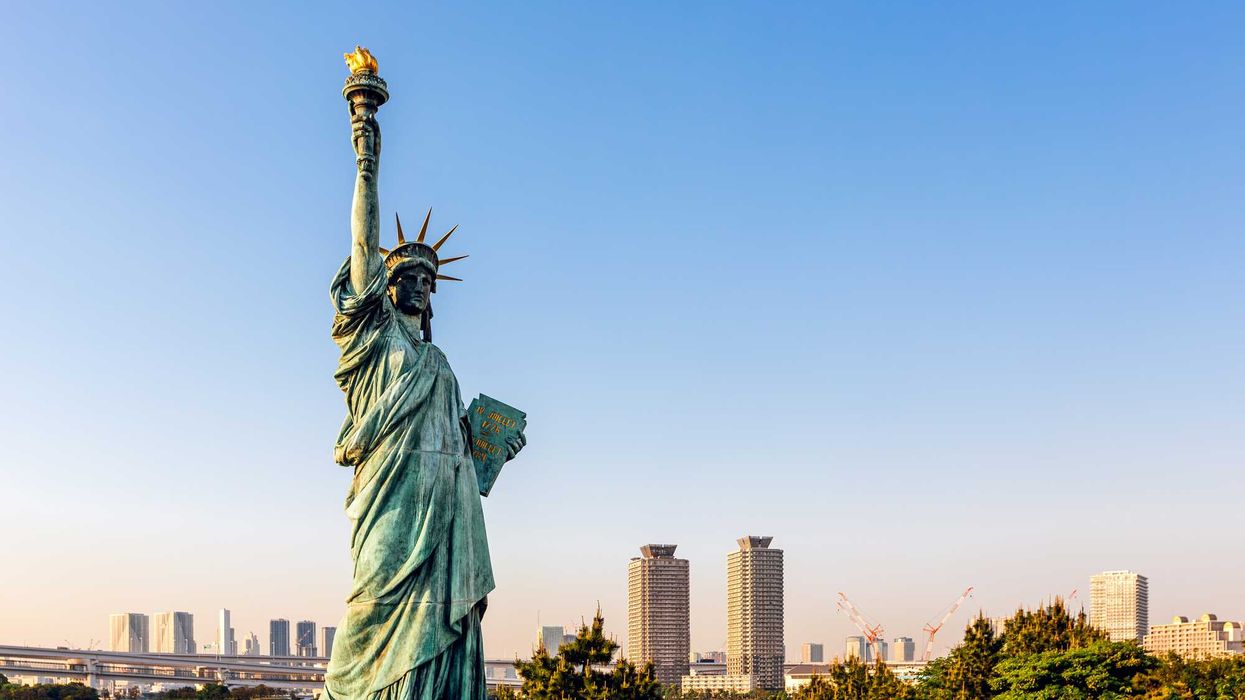The Fulcrum strives to approach news stories with an open mind and skepticism, striving to present our readers with a broad spectrum of viewpoints through diligent research and critical thinking. As best we can, we remove personal bias from our reporting and seek a variety of perspectives in both our news gathering and selection of opinion pieces. However, before our readers can analyze varying viewpoints, they must have the facts.
We haven't heard much about North Korea's nuclear program lately, not because there's been a breakthrough agreement, but because the situation has largely hardened into a new, more dangerous normal.
Why the Silence? Not Inactivity—but Entrenchment
North Korea has not reached any agreement to denuclearize. In fact, quite the opposite:
- Kim Jong Un is quietly expanding the country’s nuclear capabilities. Satellite imagery and IAEA reports confirm new construction at the Yongbyon nuclear complex, likely for uranium enrichment.
- North Korea has enshrined its nuclear status into law, declaring its arsenal a permanent fixture and rejecting international calls for disarmament.
- The regime views nuclear weapons as the ultimate guarantor of survival, especially after observing the fate of non-nuclear states like Iran under military pressure.
Strategic Shifts: From Isolation to Alignment
North Korea is no longer just a rogue state—it’s becoming a strategic node in a new axis of resistance:
- Partnerships with Iran and Russia have deepened, involving missile tech, sanctions evasion, and military cooperation.
- These alliances are not transactional—they reflect a reorientation of global power, with North Korea positioning itself as indispensable to this emerging bloc.
Why Is There No Diplomatic Breakthrough?
- The U.S. and its allies have limited leverage. Sanctions haven’t worked, and military threats only reinforce Pyongyang’s nuclear resolve.
- North Korea has rebuffed overtures, including recent ones from Donald Trump, and continues to brand the U.S. as a “hostile force”.
- The regime is now focused on strategic autonomy, not negotiation. Its nuclear program is seen as essential, not negotiable.
Is There a New Possible Framework for Discussions?
Some analysts argue that traditional diplomacy is obsolete. Instead, they propose a “Korean Dream”—a civilizational vision rooted in shared identity and democratic ideals, aiming for peaceful unification rather than coercive denuclearization. It's ambitious, but it acknowledges the deeper structural issues: division, distrust, and existential insecurity.
Thus, we’ve reached a stalemate, one that’s quieter but more entrenched. The question now isn’t just how to denuclearize North Korea but how to reimagine the entire framework for peace and security on the Korean Peninsula.
What Is the Trump Administration’s Current Policy (2025):
- Public Messaging vs. Policy Reality. Trump has publicly referred to North Korea as a “nuclear power,” a notable rhetorical shift that previous administrations avoided to prevent legitimizing Pyongyang’s arsenal.
- Despite this, the White House insists that it still seeks the “complete denuclearization of North Korea,” echoing language from Trump’s first term.
- Strategic Posture. Trump’s team is reportedly exploring a “nuclear freeze” deal—where North Korea halts production of new weapons in exchange for lifting non-military sanctions. This reflects a more pragmatic, transactional approach: less focused on full disarmament, more on limiting escalation and stabilizing the region.
- Diplomatic Dynamics. Trump has expressed interest in re-engaging Kim Jong Un, calling him a “smart guy” and indicating plans to “reach out.” His administration includes Korea specialists and is reportedly preparing for renewed negotiations.
What public comments has President Trump made about North Korea or Kim Jong Un since his inauguration in January:
- January 20, 2025 – Inaugural Ball Video Call with U.S. Troops. While speaking to troops at Camp Humphreys in South Korea, Trump casually asked: “How’s Kim Jong Un doing? You would say that although I developed a pretty good relationship with him, he’s a tough cookie.” This was interpreted by many as a signal that Trump might resume talks with Kim during his second term.
- February 7, 2025 – Joint Press Conference with Japanese PM. At a press conference with Japanese Prime Minister Shigeru Ishiba, Trump stated: “We will have relations with North Korea and Kim Jong Un.” He reiterated his past rapport with Kim and hinted at potential future engagement.
- January 23, 2025 – Fox News Interview. In a televised interview, Trump said: “Kim [is] a smart guy… not a religious zealot.” When asked if he would reach out again, he replied: “I will, yeah.” This continued his pattern of portraying Kim as a rational actor and himself as uniquely capable of diplomacy.
- February 20, 2025 – B-1B Bomber Drill as a Signal. While not a direct quote, Trump’s administration conducted a joint U.S.–South Korea bomber drill near North Korea. The White House reaffirmed, “Complete denuclearization of North Korea remains President Donald Trump’s priority.” This was widely seen as a strategic warning to Kim Jong Un amid stalled diplomacy.
- Contextual Fallout from Iran Bombings (June 2025). Though not directly about Kim, Trump’s aggressive strikes on Iran’s nuclear facilities were interpreted by analysts as reinforcing North Korea’s belief in nuclear deterrence. Trump said: “Iran’s key nuclear enrichment facilities have been completely and obliterated.” This posture may indirectly affect how Kim views future talks, reinforcing his commitment to nuclear weapons as a shield against U.S. intervention.



















